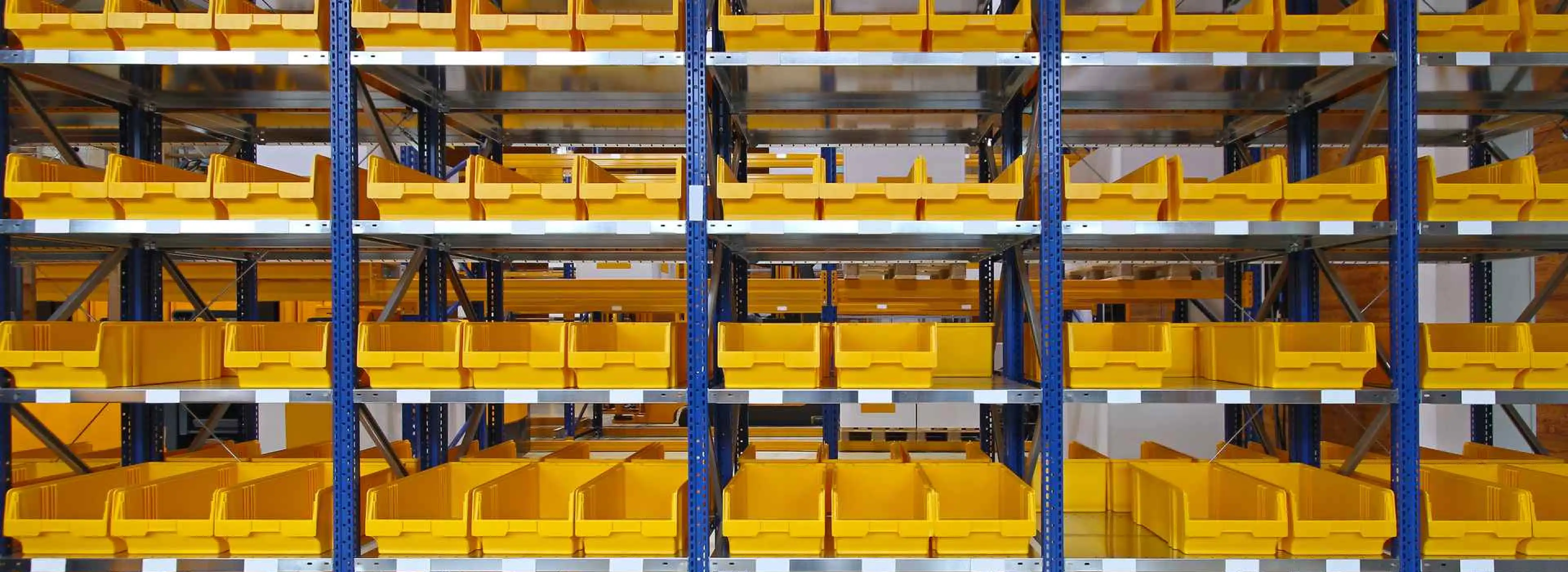In today’s e-commerce era, the demand for a convenient online shopping experience has made the role of warehouses and distribution centers highly critical and complex. Warehouses must improve processes and reduce costs to meet customer demands brought by e-commerce.
Click Here: Manage E-Commerce Demand Effectively With This Advanced and Affordable WMS
To analyze the areas that need improvement in your warehouse, you must consider the myriad impacts of e-commerce on warehouses and distribution centers. To help, here are six significant effects of e-commerce that you should carefully consider.
1. Choosing the Warehouse Location
In the past, warehouses were built according to zoning regulations. However, with fast delivery being one of the most important considerations in e-commerce, proximity to consumers has become crucial. Thus, there has been a rise in demand for warehouses within urban areas and near residential communities.
Through proximity to residents and business customers, urban warehouses offer an efficient “last mile” delivery process. In addition, low shipping fees, and even free shipping, is a common trend in e-commerce today. If your warehouse is far from your customers, you will have to tack on additional shipping costs, which can discourage clients and consumers.
To help you choose the best possible warehouse location, here is a list of the essential criteria you should consider.
2. Shift from Bulk Orders to Individual Items
For many years, warehouses and distribution centers were accustomed to processing bulk orders. However, because e-commerce provides a convenient shopping experience, orders can now come in small batches and even in single items.
According to Jeffrey B. Graves, to compete in the e-commerce era, “picking, packing, and shipping single items and small volume orders to consumers is the name of the game.” To efficiently process smaller and more frequent orders, warehouse managers should consider investing in warehouse solutions such as slotting optimization systems, inventory management systems, and warehouse mobility.
3. Unpredictable Buying Patterns
With the continuous rise of e-commerce, unpredictability has been a constant challenge for warehouses. Because of this, warehouses can find it difficult to keep up with seasonal demands, which often leads to understocking and overstocking.
The unpredictable changes in market demand also call for a need to upgrade the order fulfillment process. This effect of e-commerce means that warehouses and distribution centers should look for ways to adapt and be flexible. It’s also important to consider the use of technology to avoid poor forecasting of incoming goods.
4. Increased Returns
The capability of warehouses to efficiently manage returns is critical in the e-commerce market. Consumers not only expect to receive their items quickly, but they also expect a hassle-free experience in case they want to return them.
This process, also known as reverse logistics, is one of the challenges brought by e-commerce. Returned goods require not only additional labor and costs but also a great deal of valuable warehouse space.
Because reverse logistics in the warehouse process is relatively new to the industry, not all warehouses and distribution centers are prepared for it. With the rapid growth of e-commerce, it’s necessary to learn how to manage returns quickly and efficiently.
5. 24/7 Operations
The shift towards e-commerce, wherein the market is always open, has urged around-the-clock operation of warehouses. In addition to a continuous influx of orders, the emergence of next-day delivery has required warehouses and distribution centers to process orders overnight.
This working pattern has already been applied in larger warehouses and distribution centers, most located in industrial areas. This can be of particular concern for those near residential areas, as 24/7 operations risk disturbing neighbors and causing congestion.
6. Adoption of Warehouse Technologies
The more e-commerce and consumer demands grow, the greater the need to improve warehouse processes. As a result, many warehouses are now tapping into technology to help them work smarter, faster, and more efficiently.
For warehouses that want to stay ahead of the competition, investing in warehouse technologies is becoming a must. In fact, according to the 2019 MHI Annual Industry Report, many companies, small to large, have adopted warehouse technologies, with cloud computing and storage having the highest adoption rate, at 56%. Other technologies that are widely adopted in warehouses today are sensors, predictive analytics, robotics, and automation.

E-commerce has only been around briefly, but its impact has significantly changed the warehouse industry. Warehouse managers should pay more attention to optimizing their processes and consider adopting warehouse technologies to boost warehouse efficiency and continuously meet the needs of e-commerce.
To learn the technologies that can help you adapt to the effects of e-commerce and increase warehouse efficiency, click “Find Solutions Now” below.
If you want to learn more about warehouse digitalization and optimizing warehouse processes, you can follow us on LinkedIn, YouTube, X, or Facebook. If you have other inquiries or suggestions, please contact us here. We’ll be happy to hear from you.












